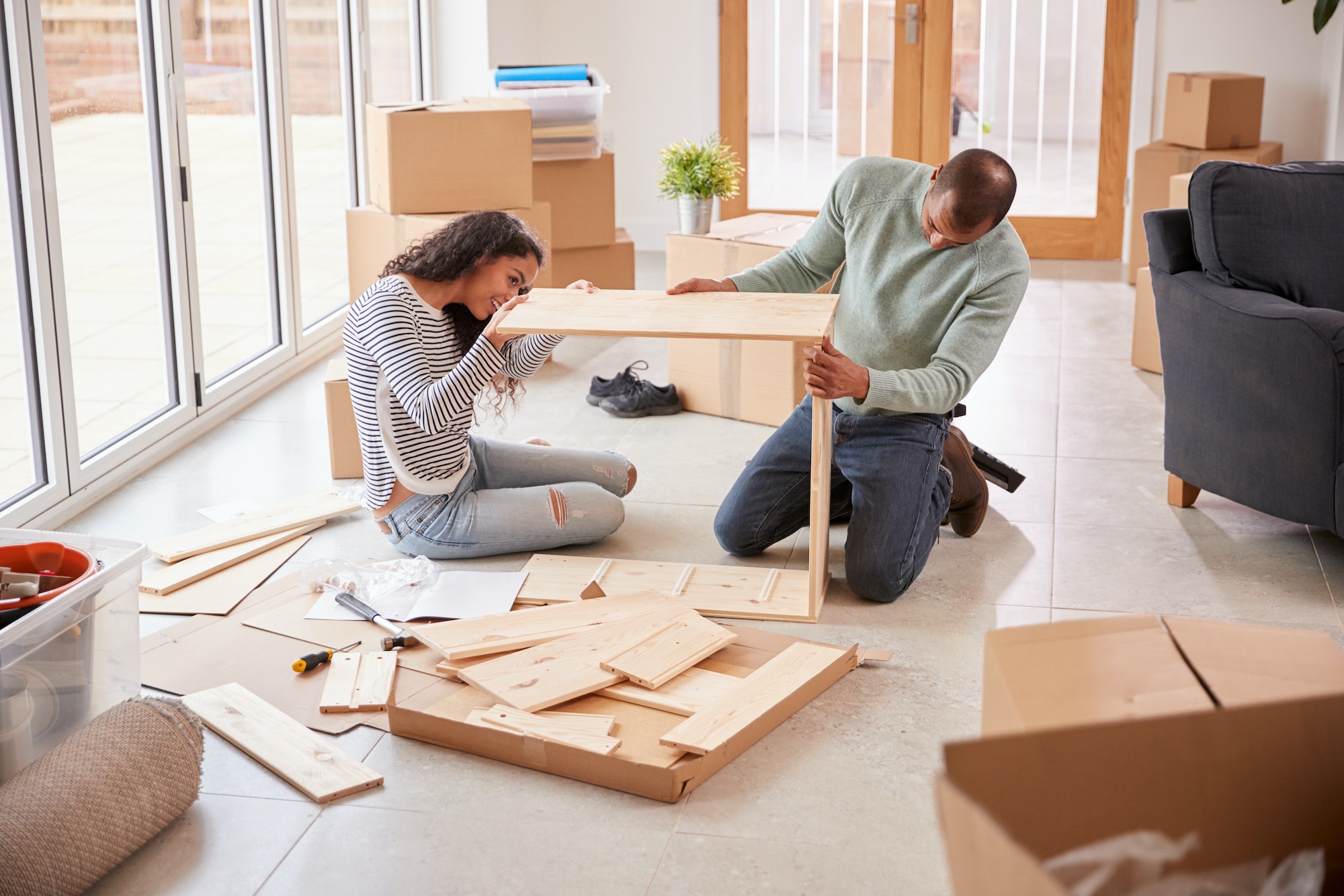Your floor is covered by water, you see water streaks starting up the wall, your furniture’s getting soaked, and the level’s only rising. What should you do?
If your home is flooding, you need to act quickly to stop the water, reduce the damage, and recover what you can. Read on to learn 5 things to do right away if you have a flood at home.
- Turn Off the Electricity
If the floodwater reaches a source of electricity, such as an outlet, you could be in danger of electrocution when you touch the water. If you can reach the circuit breakers safely, turn them off before you proceed. If there’s floodwater between you and the breakers, you may need a professional.
- Find the Source
Is the water coming from a clogged toilet or a leaking pipe? Is it seeping through the wall, or coming in through the doors? Locating the source of the water will help you know if you can stop it.
You also need to find the source of the water to know whether it’s clean water, gray water, or blackwater. Water spraying out of a broken faucet is clean. Gray water, such as water leaking from a washing machine or a dishwasher, contains some sort of contamination and can pose a health risk.
Blackwater has been in contact with a bacterial source such as fecal matter or the sludge that coats pipes under the kitchen sink. Rising floodwater can also be categorized as black water. It’s contaminated and needs to be treated carefully.
- Turn Off the Water
Once you’ve identified the source of the floodwater, try to turn it off. For instance, you should be able to turn off the supply line extending from the wall to an overflowing toilet, or turn off the supply line underneath a sink faucet.
If you can’t find the water source but you know it’s coming from inside the home somewhere, you need to turn off the main water shut-off valve. This will be near where the main water line enters the house, such as a basement, garage, or crawlspace.
- Call Your Insurance
Your next step should be contacting your homeowner’s insurance to tell them about the house flood and find out what coverage you have. They may tell you how to document the water damage or who to call for water remediation.
- Call Water Remediation
Since flooding needs to be dealt with immediately, you may want to call a water damage remediation company instead of tackling the job yourself. This company should start the work right away, remove water quickly with specialized equipment, and decontaminate any surfaces touched by gray or black water.
More Tips on Dealing With a Flood At Home
If your house floods, you’ll have more tasks to do such as moving furniture and drying out carpet pads. Check out this guide from SERVPRO for a list of what else to do during and after a house flood.
Get Started
Whether you have an overflowing toilet, a leaking showerhead, or a burst pipe somewhere inside the walls, start working on it right away. Turn off the electricity, turn off the water, and make your phone calls so that you can save your house from even more water damage.
If you enjoyed reading this, check out our blog for more interesting articles.
Discover more from Futurist Architecture
Subscribe to get the latest posts sent to your email.



